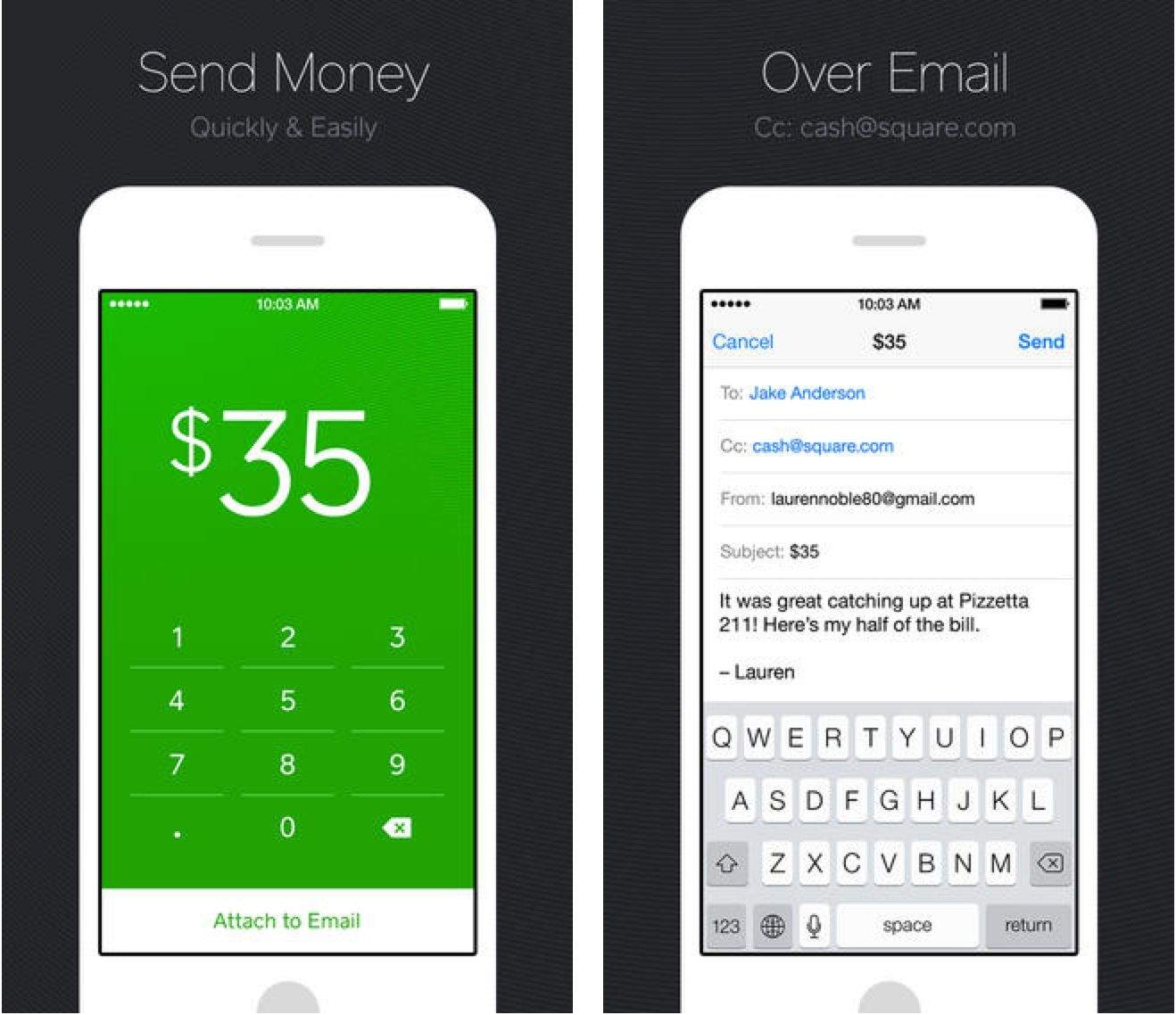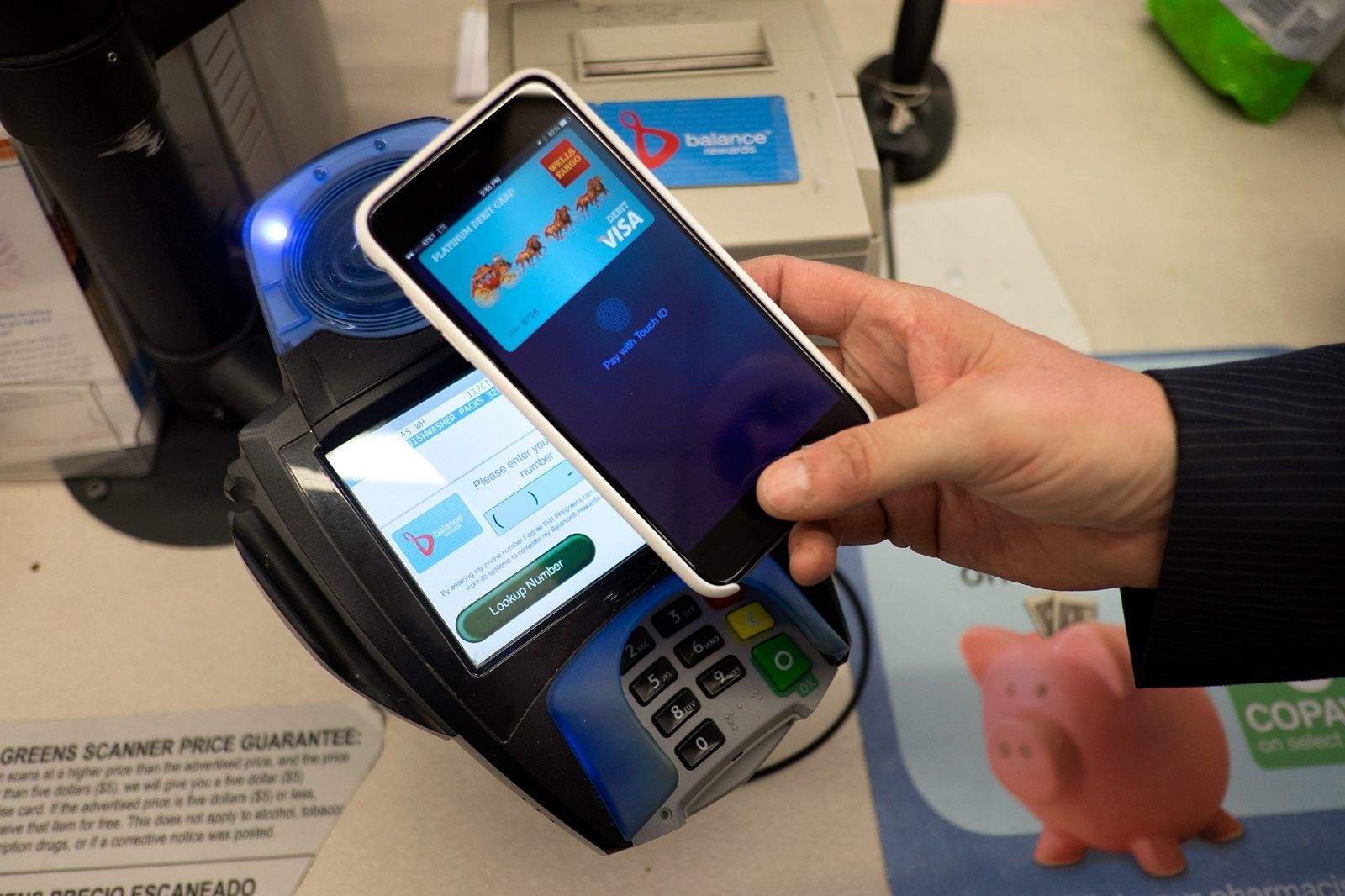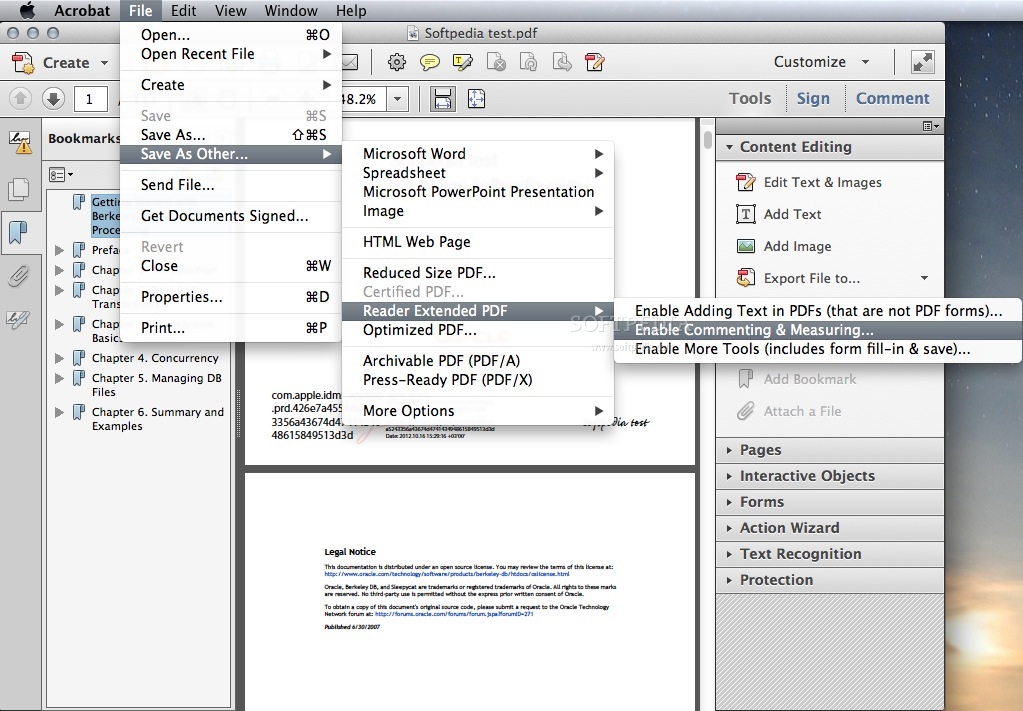- . Special pricing available to qualified customers. To learn more about how to start qualifying toward special pricing, talk to a Business Team member in a store or give us a call at 1-800-854–3680.
- In this model, users don’t pay to download or use your app. By removing the barrier of.
- Slack brings team communication and collaboration into one place so you can get more work done, whether you belong to a large enterprise or a small business. Check off your to-do list and move your projects forward by bringing the right people, conversations, tools, and information you need together.
- Mac Apple Store Download
- Apple Mac App Store For Business Account
- Zoom App For Apple Mac
- Mac App Store Download
Whether your organization has ten devices or ten thousand, Apple fits easily into your existing infrastructure. Zero-touch deployment allows IT to configure and manage remotely, and IT can tailor the setup process to any team. So every Mac, iPad, iPhone, and Apple TV is ready to go from the start.
Apple Business Manager is a web-based portal that helps you deploy iPhone, iPad, Mac, and Apple TV. And you can easily provide employees with access to Apple services, set up device enrollment, and distribute apps, books, and software — all from one place.
And with developer tools like Swift and Xcode, every business can build amazing apps on iOS. Create Start with the best tools to create the best apps. Apple provides everything you need to create amazing apps for iPhone, iPad, Mac, Apple Watch, and Apple TV.
Devices
Enroll devices to be set up automatically with mobile device management (MDM). Streamline and customize the setup process for employees.
Content
Easily buy apps and books for employees. And distribute custom apps within your organization.
People

Create Managed Apple IDs for employees and assign privileges for additional users on your IT team.
Integrate with any environment.
Wi-Fi and Networking. Apple devices have secure wireless network connectivity built in. iOS, iPadOS, and macOS all provide the built-in security to access those wireless networks, including industry-standard WPA3-Enterprise and 802.1X. When an Apple device is used on a Cisco network, Fast Lane prioritizes the most critical business apps so that employees have uninterrupted access. And enhanced roaming capabilities ensure that iPhone and iPad remain connected as they travel across access points.
VPN. Easily configure Apple devices for secure access to your corporate network through built-in support for VPN. Out of the box, iOS, iPadOS, and macOS support the industry-standard networks IKEv2, Cisco IPsec, and L2TP over IPsec. Apple devices also support VPN On Demand, Always On VPN, and Per App VPN for facilitating connections on a much more granular basis for managed apps or specific domains. Whatever method your business chooses, data in transit is protected.
Email. iPhone, iPad, and Mac work with Microsoft Exchange, Office 365, and other popular email services, like G Suite, for instant access to push email, calendar, contacts, and tasks over an encrypted SSL connection. And Exchange support is built right into the Mail, Calendar, Contacts, and Reminders apps on iPhone and iPad — making it intuitive for employees to perform common tasks such as accepting meeting invitations and finding contacts in the Global Address List.
File Providers. The Files app in iOS and iPadOS and the Finder in macOS let employees instantly access their third-party cloud services — like Box, Dropbox, OneDrive, Adobe Creative Cloud, and Google Drive — so they have all of their files on all of their devices. The Files app and the Finder also have built-in support for file sharing with SMB and WebDAV, ensuring that employees can access the corporate file servers seamlessly on all their Apple devices.
Directory Services. Apple devices can access directory services for managing identity and other user data, including Active Directory, LDAP, and Open Directory. Some MDM vendors provide tools to integrate their management solutions with Active Directory and LDAP directories — right out of the box. And for organizations using on-premise Active Directory, a first-party Kerberos extension provides password management and Kerberos ticket management for signing in to internal apps and websites.
Identity Providers. The latest versions of iOS, iPadOS, and macOS support a new single sign-on (SSO) extension framework, allowing users to sign in to a corporate application once without being asked again for other apps or websites. This feature enables advanced multifactor authentication, supported by participating identity providers, whenever users sign in to a corporate resource. IT teams can also now configure authentication from cloud identity providers during initial enrollment and device setup.
Apple makes it easy to choose the right deployment option to meet the needs of your organization. Protect company information while maintaining privacy for employees who bring their own devices to work with User Enrollment. Or maintain a higher level of control on organization-owned devices with supervision and Device Enrollment.
It’s safe and secure.
User Enrollment allows employees to protect their privacy while IT keeps corporate data safe. Behind the scenes, a separate volume keeps everyone’s managed data cryptographically separated.
Only manage what’s necessary.
IT can manage a subset of configurations and policies while restricting certain management tasks such as remotely wiping the entire device or collecting personal information.
Use two Apple IDs on one device.
Employees bringing their own devices to work can also bring their existing Apple ID alongside a Managed Apple ID for corporate data. All data is kept separate and private.
IT canConfigure accounts
Configure Per App VPN
Install and configure apps
Require a passcode
Enforce certain restrictions
Access inventory of work apps
Remove work data only
IT cannotAccess personal information
Access inventory of personal apps
Remove any personal data
Collect any logs on the device
Take over personal apps
Require a complex passcode
Remotely wipe the entire device
Access device location
Simplify with automated enrollment.
Mac Apple Store Download
IT can automatically provision devices into MDM during setup — right out of the box. IT can also customize the onboarding experience to streamline the process for employees.
Get a higher level of control.
By using supervision, IT can access controls unavailable for other deployment models. That includes additional security configurations, nonremovable MDM, and software update management.
Choose from flexible models.
IT can provide devices to employees for their daily use, share devices among employees for common tasks, or configure devices for a specific purpose locked into a single app.
IT has more control when Apple devices are supervised.
Configure accounts
Configure global proxies
Install, configure, and remove apps
Require a complex passcode
Enforce all restrictions
Access inventory of all apps
Remotely erase the entire device
Manage software updates

Remove system apps
Modify the wallpaper
Lock into a single app
Bypass Activation Lock
Force Wi-Fi on
Place device in Lost Mode
Apple devices have a built-in, secure management framework enabling IT to configure settings, manage devices, and set up security features remotely over the air. IT can easily create profiles to ensure that employees have everything they need to be secure and productive. Apple devices enable IT to manage with a light touch, without having to lock down features or disable functionality, and still keep company data protected.
Leverage solutions in one framework.
With the secure management framework in iOS, iPadOS, macOS, and tvOS, IT can configure and update settings, deploy applications, monitor compliance, query devices, and remotely wipe corporate data. The framework supports organization‑owned and employee‑owned devices.
Choose from a variety of MDM solutions.
Apple Mac App Store For Business Account
Whether your business uses a cloud-based or on-premise server, MDM solutions are available from a wide range of vendors with a variety of features and pricing for ultimate flexibility. And each solution utilizes the Apple management framework in iOS, iPadOS, macOS, and tvOS to manage features and settings for each platform.
Easily configure and control every device.
MDM supports configuration for apps, accounts, and data on each device. This includes integrated features such as password and policy enforcement. Controls remain transparent to employees while ensuring that their personal information stays private. And IT maintains necessary oversight without disrupting the productivity employees need to succeed.
Test and deploy updates on your time.
IT can delay over‑the‑air updates for supervised iOS, iPadOS, macOS, and tvOS devices. This gives IT time and flexibility to complete a thorough certification. Once IT certifies a version of each release, they can decide what version users should download and install. Then IT can directly push the update to all employees to ensure that they have the latest security features on all their devices.
Keep personal information private.
Every Apple product is designed with privacy in mind. On-device processing is used whenever possible, the collection and use of data is limited, and everything is designed to provide users with transparency and controls for their data.
The MDM protocol allows IT to interact with an Apple device but limits the exposure of certain information and settings. Regardless of deployment model, the MDM framework can never access personal information including email, messages, browser history, and device location.
Once devices are set up, IT can manage and protect corporate data thanks to built-in security features and additional controls made available through MDM. Common frameworks across apps enable configuration and ongoing management of settings.
Protect work data.
IT can enforce and monitor security policies through MDM. For example, requiring a passcode via MDM on iOS and iPadOS devices automatically enables Data Protection, providing file encryption for the device. An MDM policy can also enable FileVault encryption on a Mac to secure all data at rest. And MDM can be used to configure Wi-Fi and VPN and deploy certificates for added security.
Lock, locate, and wipe.

When a device goes missing, your corporate data doesn’t have to go with it. For iOS, iPadOS, and macOS devices, IT can remotely lock and erase all sensitive data to protect your company’s information. For supervised iOS and iPadOS devices, IT can enable Lost Mode to see the device’s location. IT also has the tools to manage corporate apps, which can be instantly removed from a device without erasing personal data.
Make it separate, seamless, and secure.
MDM solutions allow device management at a granular level without the need for containers, keeping corporate data safe. With Managed Open In, IT can set restrictions to keep attachments or documents from being opened in unmanaged destinations. And on macOS, built-in security features let IT encrypt data, protect devices from malware, and enforce security settings without the need for third-party tools.
Use apps you can trust.
Thanks to a common framework and controlled ecosystem, apps on Apple platforms are secure by design. Our developer programs verify the identity of every developer, and apps are verified by the system before they are launched on the App Store. Apple provides developers with frameworks for features including signing, app extensions, entitlements, and sandboxing to provide even greater levels of security.
iOS, iPadOS, and macOS make it easy for IT to integrate with your organization’s directory service or cloud identity provider. IT can link Apple Business Manager to Microsoft Azure Active Directory, making it seamless for employees to access Apple services with a Managed Apple ID.
Create Managed Apple IDs for employees.

Managed Apple IDs are created, owned, and managed by the organization and are designed for BYOD and organization-owned devices. Organizations can use Apple Business Manager to automatically create Managed Apple IDs for employees. This enables employees to collaborate with Apple apps and services as well as access corporate data in managed apps that use iCloud Drive. Managed Apple IDs can also be used alongside a personal Apple ID on employee-owned devices when organizations leverage User Enrollment.
Simplify login with single sign-on.
iOS, iPadOS, and macOS have a systemwide extension framework for single sign-on to make it easy for employees to sign in to corporate apps and websites. The extension framework requires support from cloud identity providers and is configurable through MDM. And for organizations using Kerberos, a first-party extension provides password management and local password sync for internal applications.
Connect to Microsoft Azure AD authentication.
With federated authentication, IT teams can connect Apple Business Manager to Microsoft Azure Active Directory, enabling employees to use their existing user names and passwords as Managed Apple IDs. Employees can access Apple services including iCloud Drive, Notes, and Reminders to collaborate using their existing credentials. And Managed Apple IDs are automatically created when users first sign in to an Apple device with their Azure AD user name and password.
To prepare for this simplified sign-in experience:
- Verify that your business uses Microsoft Azure Active Directory
- Determine the business domains you’d like to link to Apple Business Manager
- Set up the connection to Microsoft Azure Active Directory in Apple Business Manager
Apple Business Manager makes it easy to find, buy, and distribute content in volume to meet your every business need. Purchase any app available on the App Store or use custom apps built specifically for your business internally or by third-party developers. And when apps are distributed through MDM, IT won’t need to use redemption codes or Apple IDs to get content onto each device.
Purchase apps and books in bulk.
Buying apps in volume for iOS, iPadOS, and macOS is even easier with Apple Business Manager. When app licenses are no longer needed, they can be reassigned to another device or employee. You can also manage custom app licenses made specifically for your business internally or by third-party developers. And by purchasing Volume Credit, you can use purchase orders to buy content through your reseller.
Streamline distribution.
Apps purchased through Apple Business Manager can be distributed easily through MDM to users or devices in any country where the apps are available. With Apple Business Manager, you can privately and securely distribute content to specific partners, clients, and franchisees. And you can also distribute proprietary apps to internal employees.

AppleSeed for IT
Test beta software, access test plans, and provide feedback.
AppleCare Professional Support
Find flexible options for hardware and software support.
Free Model
In this model, users don’t pay to download or use your app. By removing the barrier of price, you increase the likelihood that users in your target market will download and try it, which can help increase awareness for your app and grow your user base.
Some developers choose to offer their app for free and earn revenue by displaying ads within the app. Apps that generate significant ad revenue tend to be those with many users who spend a lot of time engaging with the app. If you show ads in your app, make sure they are appropriate and relevant to your target market, as low-quality, obtrusive, or inappropriate advertising will reduce engagement and retention.
Zoom App For Apple Mac
Freemium Model
In this model, users pay nothing to download your app and are offered optional in-app purchases for premium features, additional content, subscriptions, or digital goods. This model allows users to get something great at no cost and have the option to pay if they want to enhance their experience or engage more deeply.
Many successful freemium apps offer engaging experiences to all users, regardless of whether or not they choose to spend, and can provide customized experiences based on users' preferences. These apps are designed to be freemium from inception, and are built to allow for measurement and enhancement throughout the app’s lifecycle.
While freemium apps are very popular, this model isn’t appropriate for every app. Successful freemium apps operate as services that are continuously supported, often requiring sustained content development to retain users.
For more details on the different kinds of freemium experiences, read Using the Freemium Business Model.
Subscription Model
In this model, users can buy in-app purchases to access content, services, and experiences for renewable or non-renewing durations.
Auto-renewable subscriptions give users access to content or services from within your app on an ongoing basis. At the end of each subscription duration, the subscription will automatically renew until a user chooses to cancel it. Auto-renewable subscriptions can offer in-app purchases that provide users with a range of service levels and durations to best meet their needs.
As with freemium apps, successful subscription apps focus on retaining users by providing app updates that continually improve the app experience. To be eligible for auto-renewable subscriptions, plan to update your app with feature enhancements or expanded content regularly.
Non-renewing subscriptions are for a limited duration and require users to renew each time a subscription ends. Users are notified when the subscription is due to expire with a prompt to purchase a new subscription.
Subscriptions can be offered as part of a freemium or paymium experience, and subscription in-app purchases can be offered alongside other in-app purchase types.
Paid Model
In this model, users pay once to download your app and use all of its functionality. There are no additional charges. The paid model resonates with users who prefer to pay once to get the full app experience, without in-app purchases.
Because the cost to download may make users consider the app’s value more carefully, successful paid apps are often positioned as premium experiences through outstanding design, functionality, and marketing.
Since paid apps have only one point of monetization, marketing plays an even more important role in acquiring users. Successful developers make sure that their app’s title, icon, description, preview, screenshots, and other marketing communications effectively showcase the premium nature of the app.
If you have multiple paid iOS apps, you can leverage app bundles, which make it easy for users to buy up to 10 of your apps in a single purchase at a reduced price.
Paymium Model
In this combination of the paid and freemium models, users pay to download your app and have the option to buy additional features, content, or services through in-app purchases if they want to engage more deeply.
Successful paymium apps offer premium design, functionality, and content, plus advanced features intended to complement the experience.
Mac App Store Download
As with paid apps, the cost to download may make users consider the app’s value more carefully. Successful paymium developers set expectations about what users get when they pay upfront and what they will get if they purchase optional enhancements. If the features offered through in-app purchase are required to use a paymium app, this can cause a negative experience and may affect your sales and retention.
In managing your app’s lifecycle, the paymium model offers the possibility of lowering the app’s download price while using in-app purchases for ongoing monetization. Paymium apps can also be included in app bundles on the App Store.
Related

